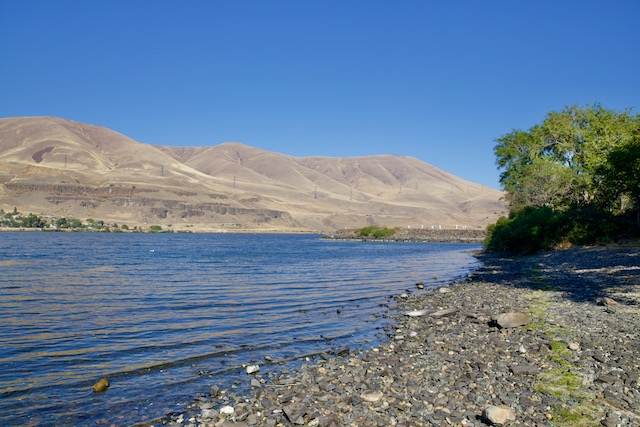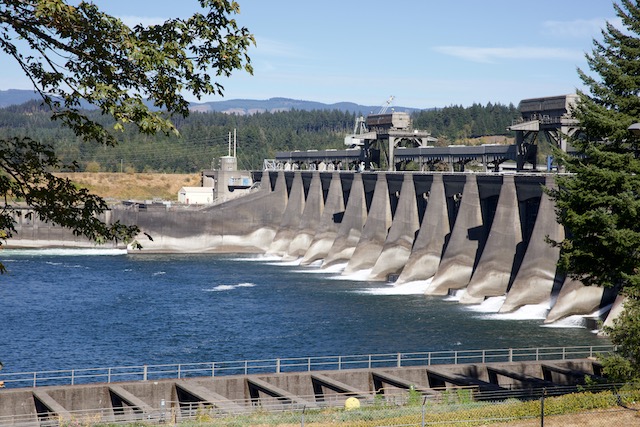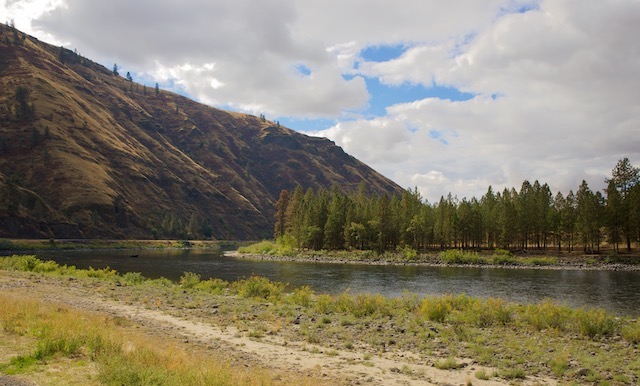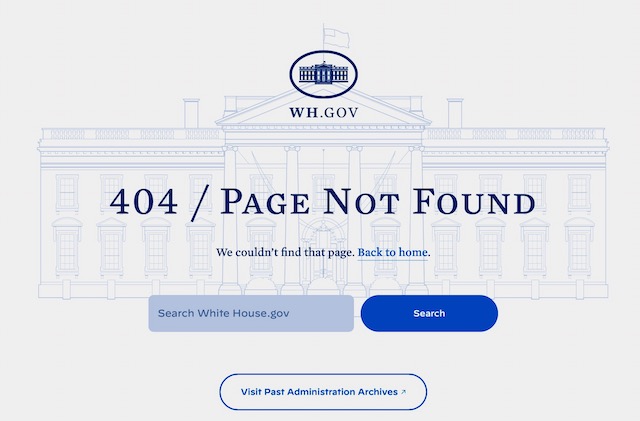Pinelands Commission Approves Massive DEP Clearcut Logging Project
DEP Forest Clearcut Makes A Mockery Of Gov. Murphy’s Climate Executive Orders
No Consideration of Climate Impacts Or Carbon Storage And Sequestration
Just 10 Days For The Public To Demand Gov. Murphy Veto Minutes To Block This Insanity
“REMEMBER: Only you can prevent forest clearcuts”
Just *** 10 days – that’s all the public has to block what could the worst decision ever made by the Pinelands Commission:
WHEREAS, pursuant to N.J.S.A. 13A-5h, no action authorized by the Commission shall have force or effect until ten (10) days, Saturdays, Sundays and public holidays excepted, after a copy of the minutes of the meeting of the Commission has been delivered to the Governor for review, unless prior to expiration of the review period and Governor shall approve same, in which case the action shall become effective upon such approval.
[***Clarification: a reader just correctly advised that the minutes must be approved before submission to the Gov. at the next Pinelands Commission meeting, which is scheduled for Thursday, November 10 – 9:30 a.m. So the 10 day clock starts on Nov. 10 and the public has until after Nov. 20 (add the weekend days). Sorry for the error.]
I wrote about that debacle recently before today’s approval, see:
There was no public comment this morning before the Pinelands Commission voted to approve an insane clearcut logging plan by the Murphy DEP Forest Fire Service. Three Commissioners expressed strong reservations and voted to oppose (I don’t have a vote count yet. [Update the vote was 8 YES -2 NO with 1 abstention and 2 no shows. Murphy political appointees Matos and McCurry voted YES. I was shocked by Ed Lloyd’s YES vote, especially after he criticized the plan. Lohbauer and Lettman voted NO. Good for them, but Lettman said nothing.]
Only 3 people provided oral comments at the formal public comment period. NO ONE even mentioned climate or opposed logging. Pinelands Preservation Alliance (Carleton Montgomery and Jason Howell) raised minor concerns with T&E habitat and ORV access. A third person supported it.
Gov. Murphy’s recent political appointments to the Commission – with the exception of Theresa Lettman – were political loyalists and/or followed orders and voted YES to approve the Murphy DEP plan.
The DEP plan suffers numerous fatal flaws, all of which I forced the Commission and staff to confirm specifically, on the record, including the following facts (these facts were so astonishing, I initially thought the staff and Commissioners were referring to the initial proposal that the Commission refused to approve and DEP modified, so I forced the Commissioners and staff to confirm them in my testimony, which they did – listen here – staff presentation and Commission discussion and vote begins at time 32:45. Public comments by myself and Georgina Shanley come much later, after the vote, beginning around time 2:10:00.):
- There was no consideration – by DEP or the Commission staff – or review of climate impacts, including an increase in carbon emissions from logged trees, loss of carbon storage, and loss of carbon sequestration capacity.
- There was no justification provided by DEP in terms of reducing wildfire risks to people and property and there is little or no people or property at risk in region to be logged and provided firebreaks.
- The Pinelands Comprehensive Management Plan (CMP) lacks current science based policies and standards to address climate change, forest carbon storage and sequestration, and wildfire risk management.
- Clearcut logging will cut and remove 90-95% of trees from 1,100 – 1,300 acres, a total of 2.4 MILLION trees cut and removed.
- There will be 13 miles of 50 feet wide “firebreaks” where trees will be clearcut (an additional 79 acres) and herbicides applied to control the invasive species that are created by and will result from the logging.
- There are 1,041 acres eligible for additional herbicide treatments to reduce invasive species that are created by and result from logging.
- There will be ongoing prescribed burns on these logged acres. Prescribed burning does not require application to the Pinelands Commission.
- Wetland and T&E habitat are provided only 100 foot buffers.
- The Pinelands Commission staff lack expertise in forestry and wildfire management and they therefore deferred to DEP on the science, policy, and management issues related to same. Read below how many times Pinelands staff hid behind “the applicant indicates” and made no independent findings of fact or science.
- The Pinelands Commission accepted the applicant (DEP’s) assertions at face value as science based and factual and best management practices, despite the fact that the latest science demonstrates that “forest thinning” does not reduce the probability of wildfire or the intensity, scale or risks to people and property from wildfires.
Here is how the Commission staff describe this clearcut – Orwellian slogans highlighted: (scroll to the end of the document to find staff recommendation)
A total of approximately 1,304 acres of forest thinning is proposed to occur in a pine-dominated forest type and a pine-shrub oak forest type. The applicant represents that the acreage subject of the proposed forestry contains an abnormally high density of tree and shrub layer and is classified as overstocked. The applicant further represents that this overstocking creates a very high forest fire fuel load and encourages the persistence of ladder fuels, which in turn lead to a very high risk of wildfire. […]
Approximately 1,041 acres of pine-dominated forest type will be thinned twice. The applicant proposes that this acreage will be “thinned low and from below.” This type of thinning cuts and removes those trees that are the shortest in height and smallest in diameter. The applicant indicates that these trees generally act as forest fire “ladder fuels” by connecting the plants and shrubs on the ground with the upper canopy of taller trees. The proposed “low and from below” thinning will reduce the forest from 2,075 trees per acre to 204 trees per acre. Canopy cover will be reduced from 68% to 43%.
[Note: that density reduction is a 90% tree removal rate, for a total of 1,947,711 trees.]
Approximately 255 acres of pine-shrub oak forest type will be subject to a variable density thinning treatment. This thinning will reduce the forest from 1,940 trees per acre to 74 trees per acre. Canopy cover will be reduced from 74% to 30%.
[Note: that density reduction is a 96% tree removal rate, for a total of 475,830 trees.]
Approximately 8 acres of pine-shrub oak forest type along the western outside edge of the Allen Road firebreak will be subject to a “feathered” variable density thinning treatment. The applicant indicates that this type of thinning creates a gradual transition in tree density from zero trees per acre created by the proposed forest firebreak to 33 trees per acre for a distance back from the proposed forest firebreak of 75 feet. Canopy cover will be reduced from 74% to 19% by the “feathered” variable density thinning treatment. The applicant indicates that this “feathered” treatment is intended to reduce the harsh forest edges and create a more visually appealing aesthetic between the proposed forest firebreak and the variable density thinning treatment.
[Note: “zero trees per acre” is a clearcut.]
On top of all these flaws, we may have another egregious revolving door conflict of interest by DEP Assistant Commissioner John Cecil. Let me briefly explain:
The Pinelands Commission issued the approval, with a condition that:
1. The proposed forestry activities shall adhere to the “Proposal for Silvicultural Activity on State Forest and Park Lands New Jersey State Forestry Service,” dated August 22, 2022.
Assistant Commissioner Cecil has management control over State Forest and Park lands.
As such, unless he recused, he had to approve that document that became a condition of Pinelands Commission approval.
Cecil also would be involved in managing the approved logging project in accordance with that condition.
But just before Cecil joined DEP, when he was a manager of forestry at NJ Audubon, Cecil made a presentation to the Pinelands Commission advocating for forestry and criticizing the public for seeking to preserve forests, see:
Cecil’s NJ Audubon presentation was titled: Forest Conservation – NJ Pinelands
https://www.nj.gov/pinelands/home/presentations/NJ%20Pinelands%20Forests%20
Thus, unless he recused, Cecil has another gross conflict of interest that violates State ethics laws.
It’s Chinatown.
[End Note: In an incredibly cynical move, before voting to approve, the Commission paid homage to Gov. Florio and dedicated their library to him. Florio was the architect and prime sponsor for the federal law that created the Pinelands National Reserve and CMP. He’s rolling in his grave over this logging sham.












